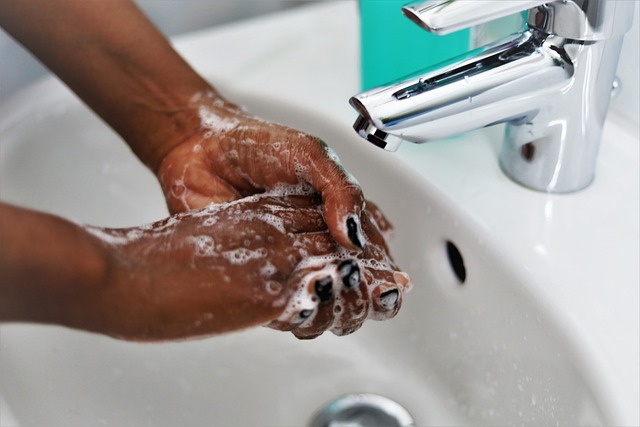Hand washing is a simple yet incredibly powerful practice that can make a significant difference in preventing the spread of diseases and maintaining personal hygiene. In a world where viruses and bacteria are constantly evolving, understanding the importance of hand washing remains a fundamental aspect of public health. This article explores the significance of hand washing, its history, proper techniques, and the far-reaching benefits it offers.
A Brief History of Hand Washing
The practice of hand washing has been a part of human culture for centuries. Ancient civilizations, such as the Romans and Greeks, recognized the importance of personal hygiene and used water, sometimes mixed with herbs or ashes, to cleanse their hands. However, it wasn't until the 19th century that the link between hand washing and disease prevention became widely accepted.
In 1847, Dr. Ignaz Semmelweis, a Hungarian physician, made a groundbreaking discovery. He observed that medical staff who washed their hands with a chlorine solution had significantly lower infection rates among maternity patients than those who did not. Dr. Semmelweis's work laid the foundation for modern hand hygiene practices in healthcare settings.
The Significance of Hand Washing
- Disease Prevention: Hand washing is one of the most effective ways to prevent the transmission of infections. Our hands are in constant contact with surfaces and objects that may harbor harmful microorganisms. By washing our hands, we remove these germs and reduce the risk of spreading them to ourselves and others.
- Food Safety: Proper hand washing is essential in food preparation and handling. Contaminated hands can introduce harmful bacteria and pathogens into food, leading to foodborne illnesses. Maintaining hand hygiene in the kitchen is crucial to ensure food safety.
- Respiratory Infections: Hand washing is not only about protecting ourselves but also about safeguarding those around us. During cold and flu seasons, viruses can linger on our hands and spread easily to others through handshakes and touch. Regular hand washing can help reduce the transmission of respiratory infections including the COVID-19 virus.
- Antibiotic Resistance: Hand washing can indirectly contribute to the fight against antibiotic resistance. When we prevent infections through hand hygiene, we reduce the need for antibiotics, which helps slow the development of antibiotic-resistant bacteria.
Proper Hand Washing Technique
To reap the full benefits of hand washing, it's important to follow proper technique:
- Wet your hands with clean, running water (warm or cold), and apply soap.
- Lather your hands by rubbing them together with the soap. Be sure to cover all surfaces, including the backs of your hands, between your fingers, and under your nails.
- Scrub your hands for at least 20 seconds. You can use the "Happy Birthday" song or any other tune to keep track of the time.
- Rinse your hands thoroughly under running water to remove all soap.
- Dry your hands using a clean towel or air dryer. Avoid using a shared towel if possible, as it can reintroduce germs.
When to Wash Your Hands
Hand washing should be a routine part of your daily life. Some key times to wash your hands include:
- Before preparing or eating food.
- After using the restroom.
- After sneezing, coughing, or blowing your nose.
- After touching animals or animal waste.
- After handling garbage.
- Before and after caring for a sick person or feeding a child.
- After being in public places or using public transportation.
Conclusion
Hand washing is a simple yet powerful practice that can save lives and prevent the spread of diseases. Its importance has been recognized throughout history and continues to be a cornerstone of public health. By following proper hand washing techniques and integrating this habit into our daily routines, we can protect ourselves and those around us from a wide range of illnesses, making our communities healthier and safer places to live.
